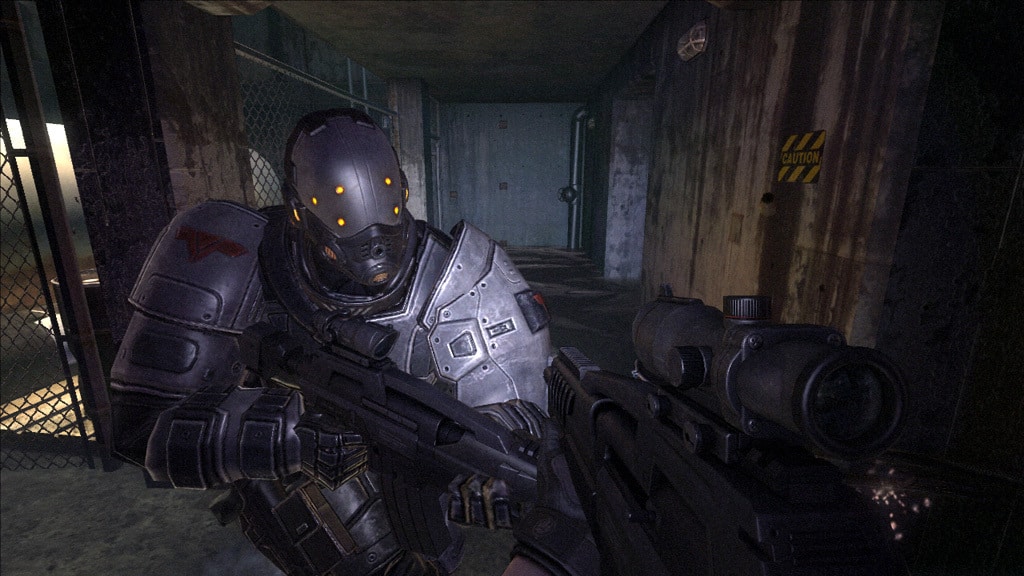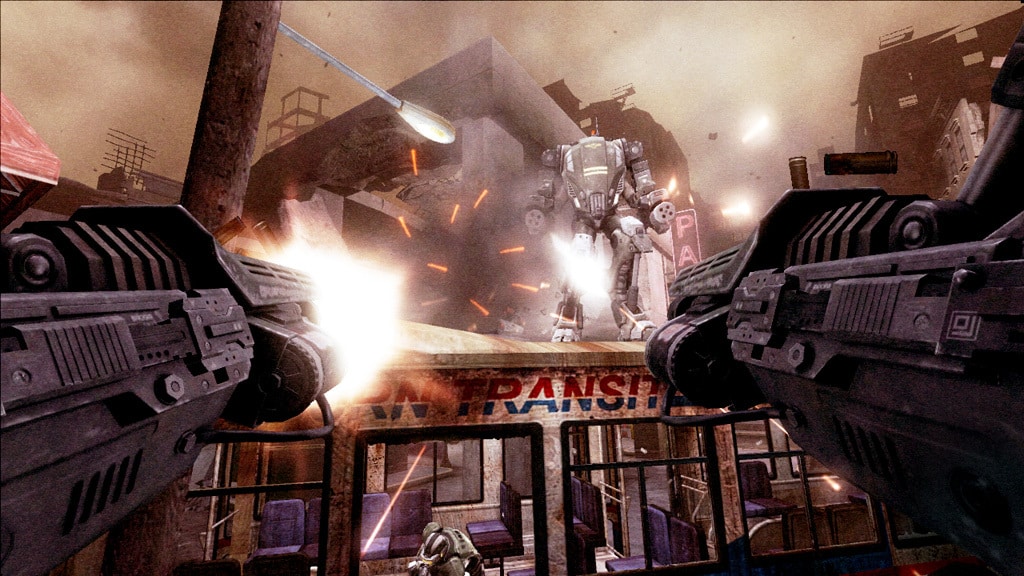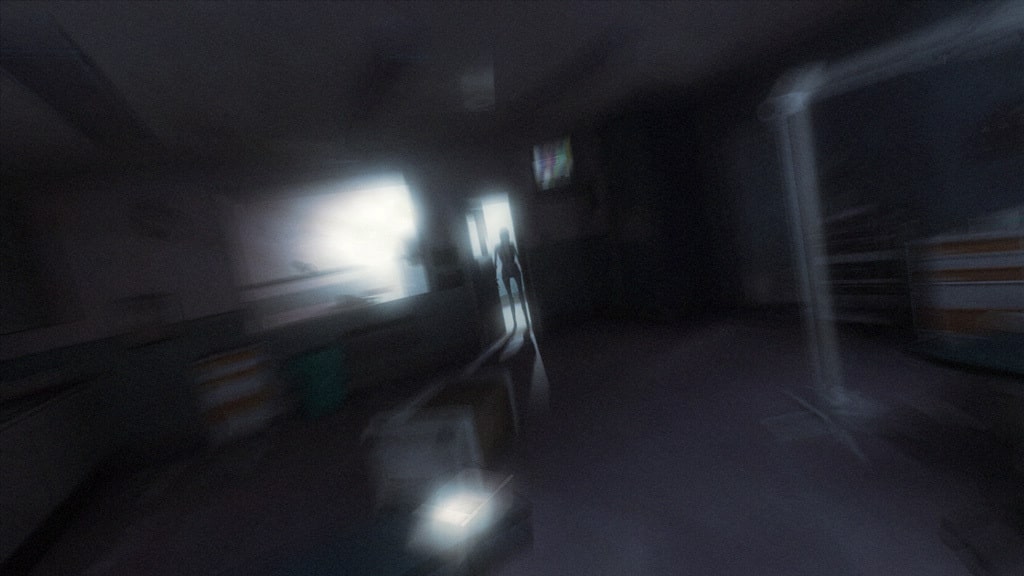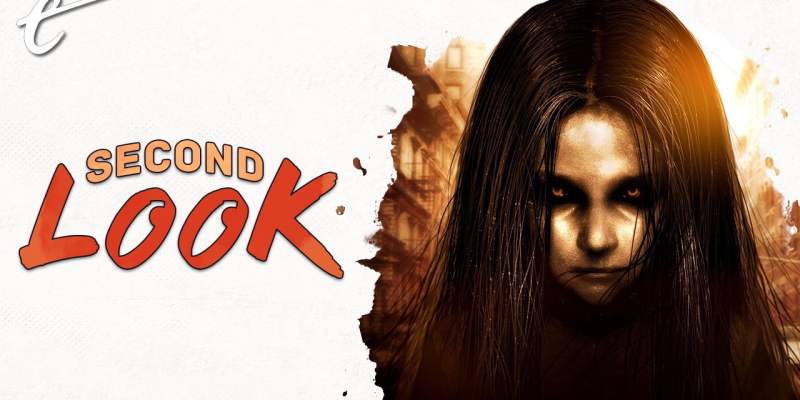It’s a new year! Fresh possibilities! The perfect time to reinvent yourself — something games love to do, such as with a reboot, sequel, or remake. That’s why this month, we’re digging into four games that shook things up for their series, for better or worse, starting with F.E.A.R. 2: Project Origin.
In case the title was unclear, this one was definitely for the worse, but there’s a valuable lesson to be learned in F.E.A.R. 2: Project Origin, even if it may be Monolith’s worst game ever (yes, including Contract J.A.C.K. and The Matrix Online). The major pitfall of Project Origin is that, in many ways, not only is it redundant, but every change it makes serves to highlight why F.E.A.R. worked so damn well.
I’ve played Project Origin multiple times — not out of enjoyment, but purely fascination. F.E.A.R. is one of the most impossibly unexpected combinations of gameplay styles. It’s an effortlessly delightful tactical-action FPS where you can enter slow motion while dive-kicking through a sci-fi army of clone Replica soldiers. Yet for all his skills, the protagonist Point Man is helpless against a J-horror onslaught by the undead spirit of Alma Wade, a gifted psychic out for revenge against her family, and her cannibal son Paxton Fettel.
The entirety of the first game is dreary, unnerving, and brooding. For all the cathartic action, you never really feel like you’re in control. By making such a tangible display that you’re painfully out of your depth, F.E.A.R. manages to be a great horror action game the likes of which few have achieved. To this day, every aspect of it holds up despite an aging graphics engine. The dynamic lighting, careful sound design, and genius use of relatively mundane settings for the supernatural battles all meld into a perfect blend of Die Hard and Ju-On, to the point that the first game’s two expansion packs just toyed around with slight tweaks rather than reshaping the formula.

The team behind F.E.A.R. 2: Project Origin, on the other hand, decided that what F.E.A.R. really needed was more shock value, specifically citing Saw as their inspiration. Saw, the horror-crime drama, is why we have orange screen filters and weaponized tentacle hentai in Project Origin. How this happened is confusing as hell. I’ve researched Project Origin’s development, and there’s no clear reasoning as to why the developers took this approach.
The developer vaunted that you could tell when new protagonist Michael Beckett is hallucinating — because if there’s one thing a horror game wants, it’s not unnerving ambiguity, right? Project Origin is anything but subtle. Where the first game could make the mere appearance of Alma in a blink-and-you’ll-miss-it musical sting as you slide down a ladder frightening, Project Origin rips control out of your hands to watch an ally be pulled into hell by inky black tentacles as he shouts some overly dramatic dialogue.
This is all the more perplexing given that Project Origin was imagined as a spiritual sequel. There were rights concerns late into the game’s development, until Warner Bros. finally secured the F.E.A.R. brand from Vivendi. As such, on paper, Project Origin retreads a lot of narrative and thematic ground — you’re a super soldier who can use slow motion, Armacham is doing illegal psychic experiments, there’s a government conspiracy at play, and Alma is chasing you and so is an evil officer leading a new army of Replica soldiers. However, now it’s increasingly disinclined to be scary in just about every way possible.
The obvious “BE SCARED!” visual prompts land like a cheap haunted house gag. And rather than provide a handful of key allies, there’s a laundry list of characters that you run across who often die horrifically just to try to up the tension. You will barely care about these people. They’re all well acted; they just have nothing to them. One team member becomes obsessed with Alma, desiring her love and growing jealous of her pursuing Beckett instead, for… reasons that are never established.

The antagonists are in the same boat, performing the same roles as Paxton, Harlan, and Alma in the last game, but they utterly lack complexity. Paxton’s mercurial monologues are traded for a gruff general so generic you forget his name within a minute of hearing it, and you defeat him in a quicktime event. Armacham’s CEO is so tangential to the plot that she barely appears across the entire campaign. Alma is no longer a terrifying child that can transform into an emaciated corpse — now she sexes herself up to be a voluptuous psychic vixen who sexually assaults you during the game’s climax.
To this day, the very idea that someone thought this was a good idea makes me want to barf. It’s not even a morality thing — though it legitimately could be triggering for some players — it’s that it’s the crassest way to end the game. If there’s anything potentially scary or unsettling, F.E.A.R. 2: Project Origin will choose the basest, lowest-brow alternative.
An ally is killed by an assassin? Slow-motion decapitation while you can do nothing. Armacham has you hostage? You’re in an underground, full-scale, suspended-above-a-pit hospital, full of zombie-esque monsters, because apparently Armacham are Captain Planet villains now. Alma doesn’t lust for any of the other squad members — she consumes them — but of course she wants to bang and look as pretty as possible to the player character.
This lowering of standards extends as far as the game design. Levels are narrower, funneling you into predictable shootouts with half the variability of the first game. Ambush tactics aren’t viable for you anymore, so you just go guns blazing constantly. There are mech suit sections where you just blow up a city block. The game’s one atmospheric level, set in a fake school, toys with an enemy who can puppet anyone but just has this puppeteer appear three times as a mini-boss, abandoning the enemy in favor of more SWAT-esque commandos with even shinier guns. Enemies are so bright that they gleam in the game’s lighting. There are barely any shadows to speak of — you have to actively turn down the default brightness to even warrant using your flashlight. Oh, and turning on slow motion somehow makes things even brighter.

That’s what I find so profoundly remarkable about F.E.A.R. 2: Project Origin. It had the ideal circumstances to reinvent the series into something Monolith could build upon. Any complaints of the previous game would be easy enough to address, such as repetitious environment design and a rushed ending, while retaining the core of the experience. Or so you would think. It’s as if someone created a checklist of everything great about F.E.A.R. and actively tried to subvert or contradict every part. Yet there’s no sign of overt publisher interference, and the team seems proud of its work in interviews. It’s just bizarre.
Ultimately, F.E.A.R. 2: Project Origin is one of the worst horror games I’ve ever played, and I’ve played Outlast 2 for crying out loud. Yet there’s so much enthusiasm put into all the things that make it such a bad horror game that it becomes fascinating. Few games have such an earnest dedication to being precisely what I’m not sure any fans wanted.
Even far more divisive games like [REDACTED] that still get angry fanboys in a fury have at least a few people who will defend them. I’ve yet to encounter that with F.E.A.R. 2: Project Origin. That’s amazing. And while it might never scare players, it definitely will leave their jaws on the floor, aghast, for years to come. That is a strange, meta kind of success of its own.
Next week though, it’s time for a reinvention that saved a series from mediocrity. It’s got everything you could want: action-packed shooting, realism, drones, open-world sandboxes, robotic cows, and grandmas with AK-47s.
